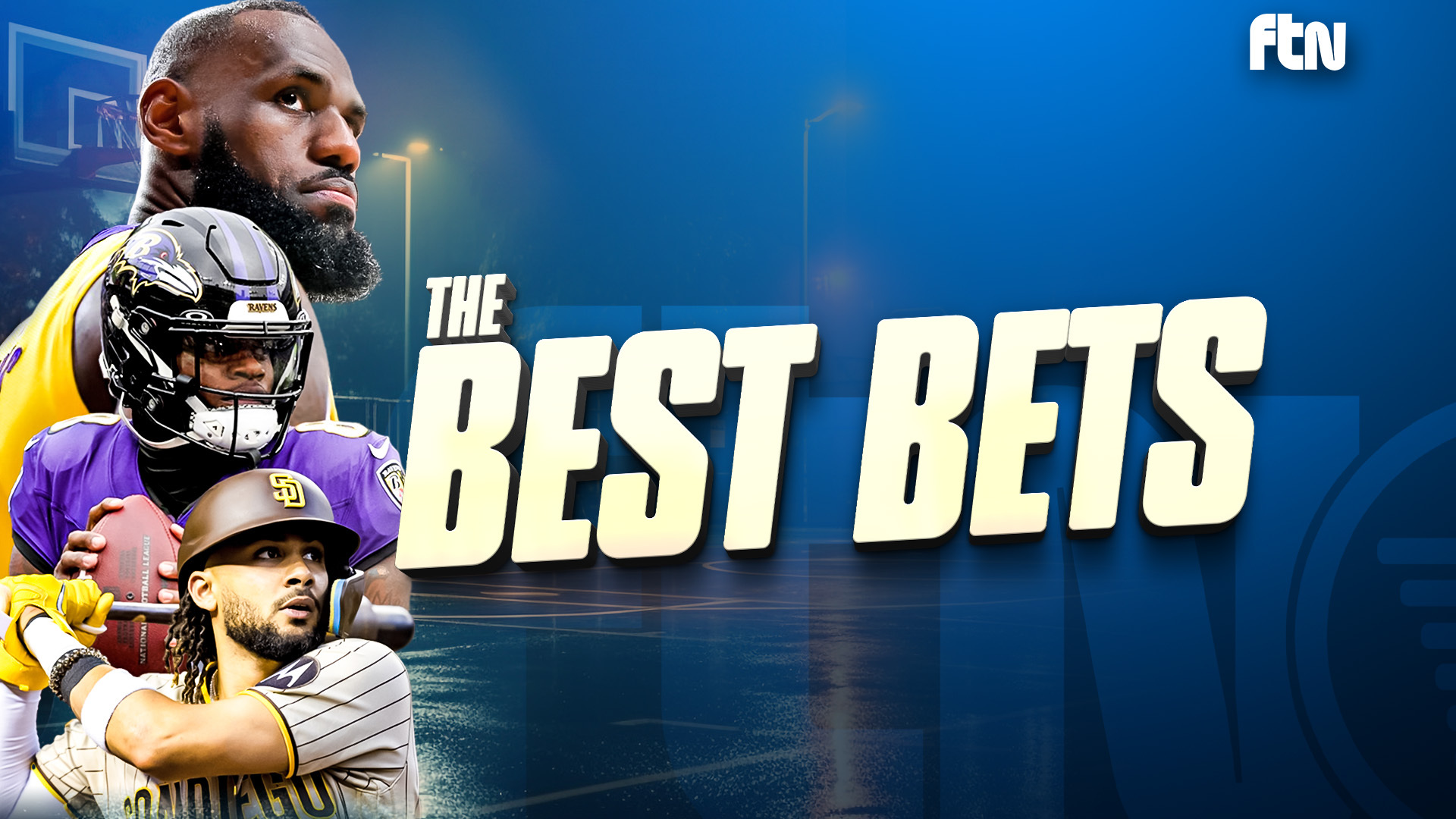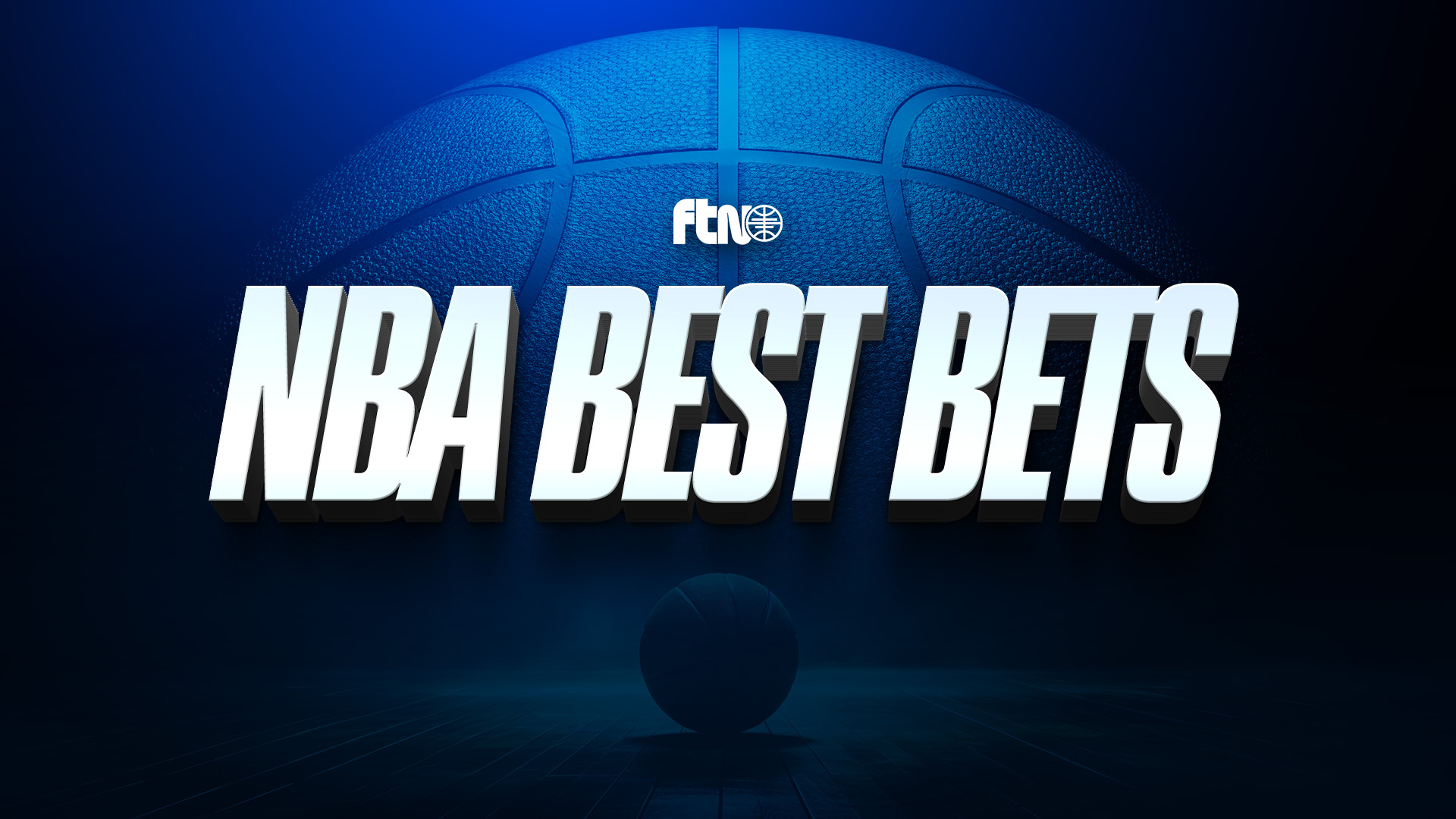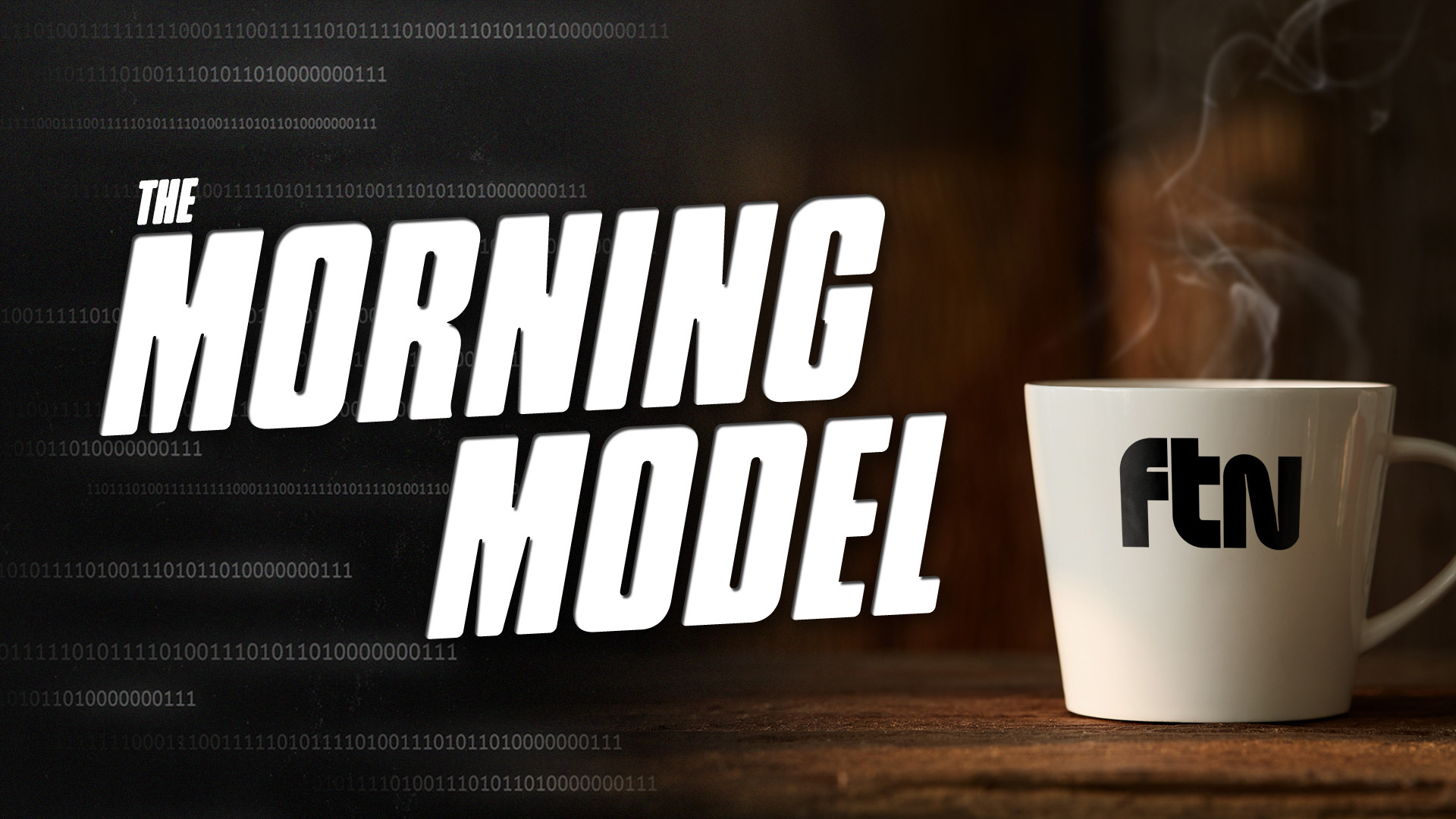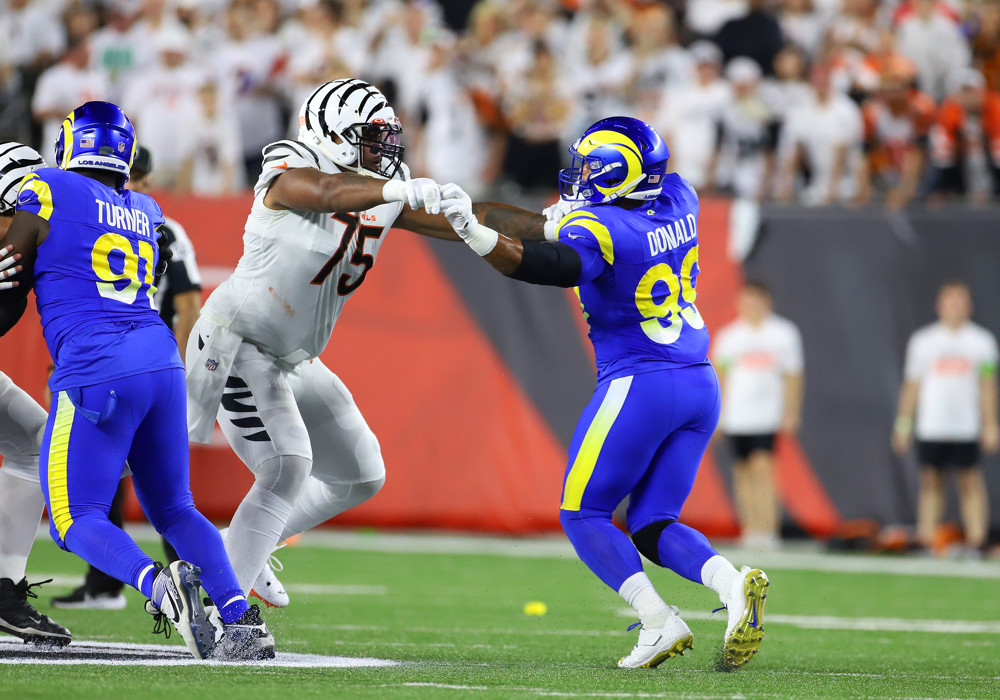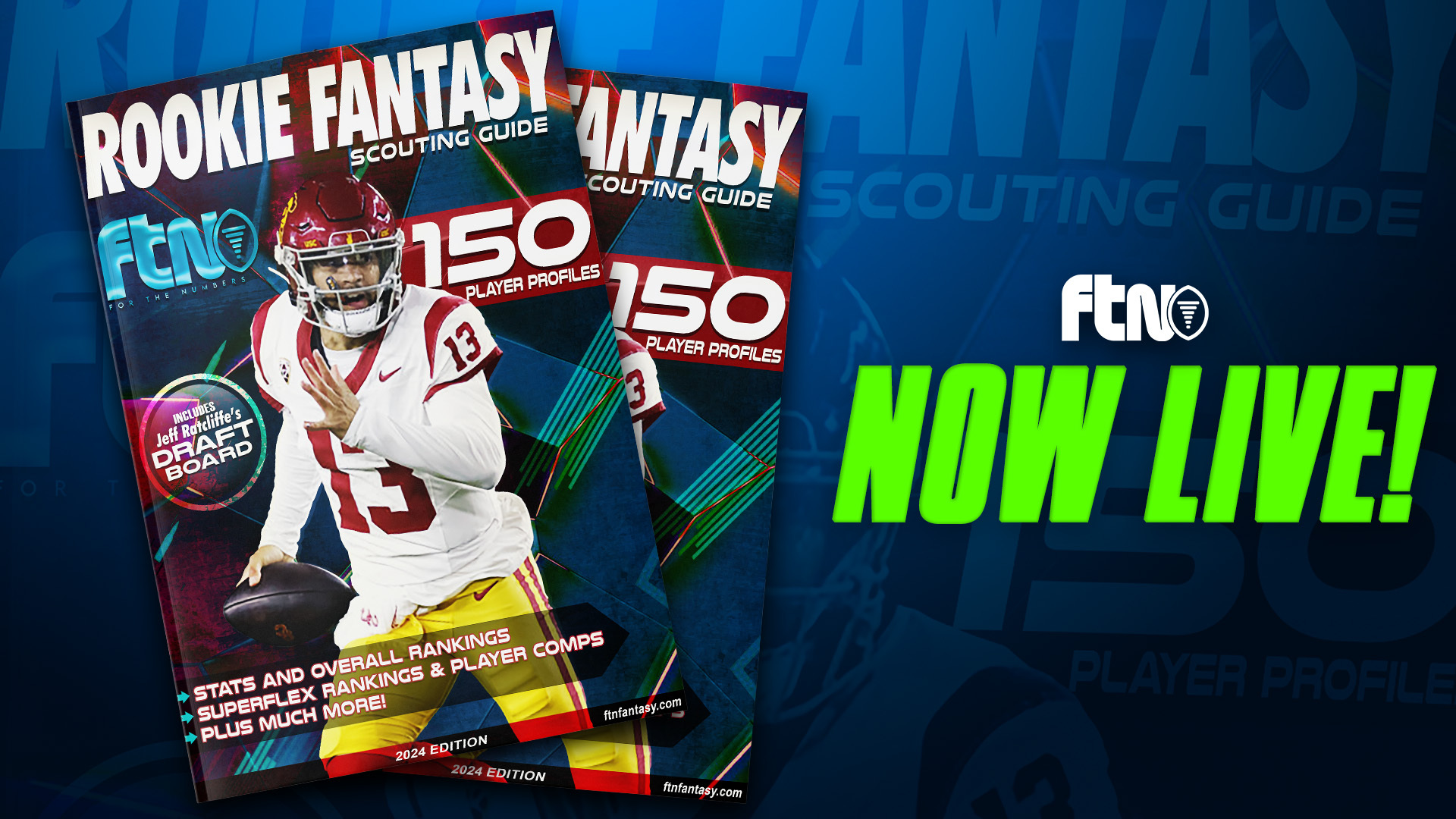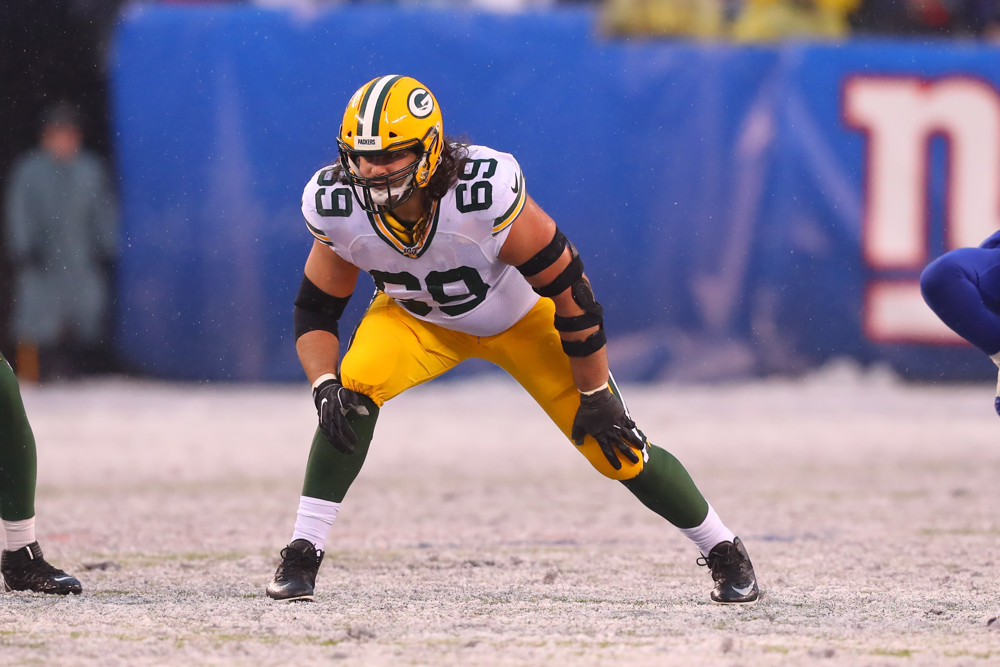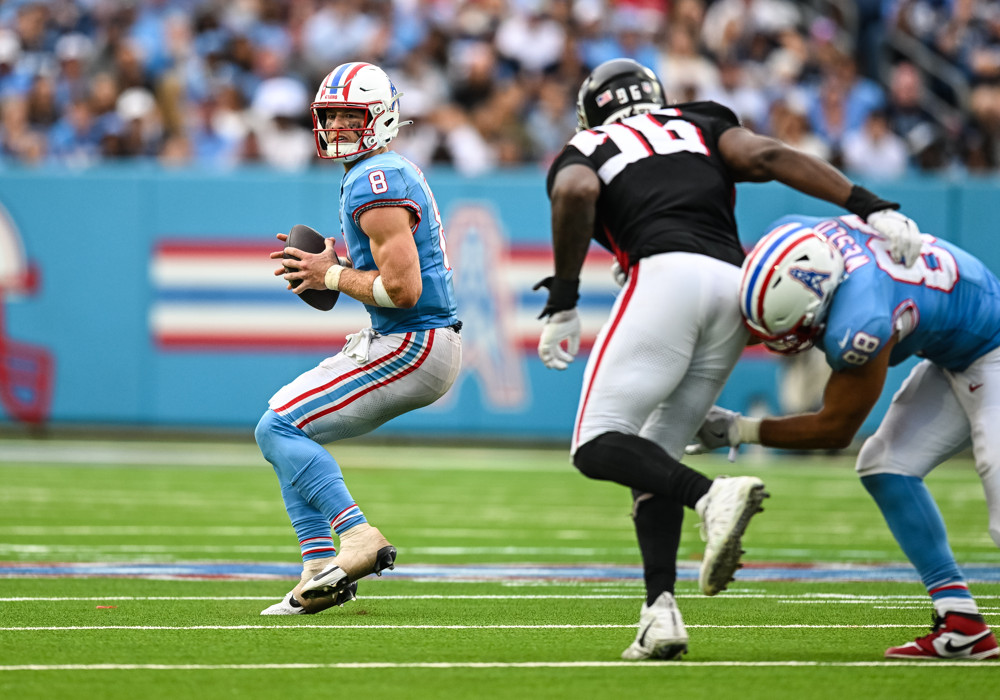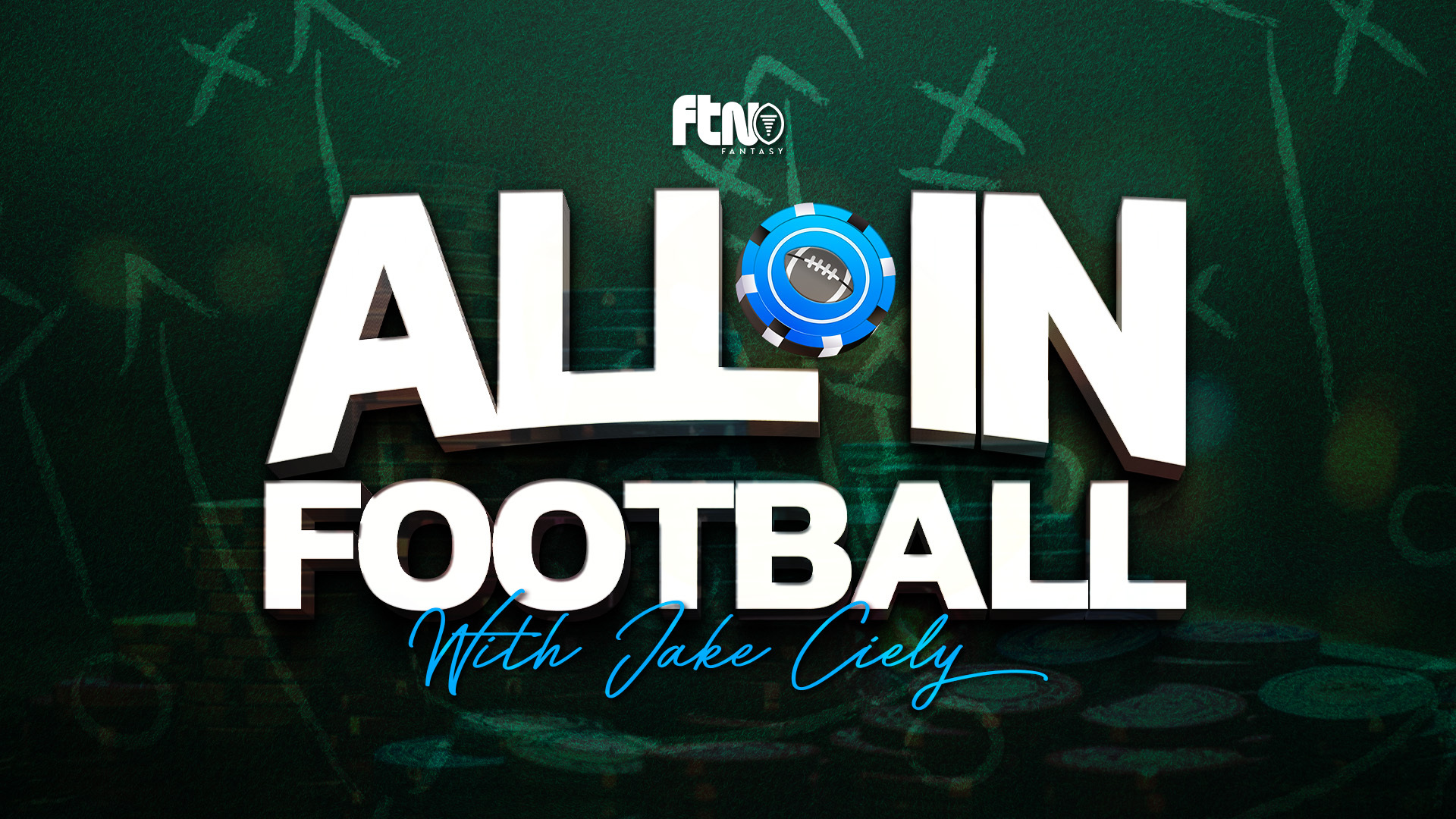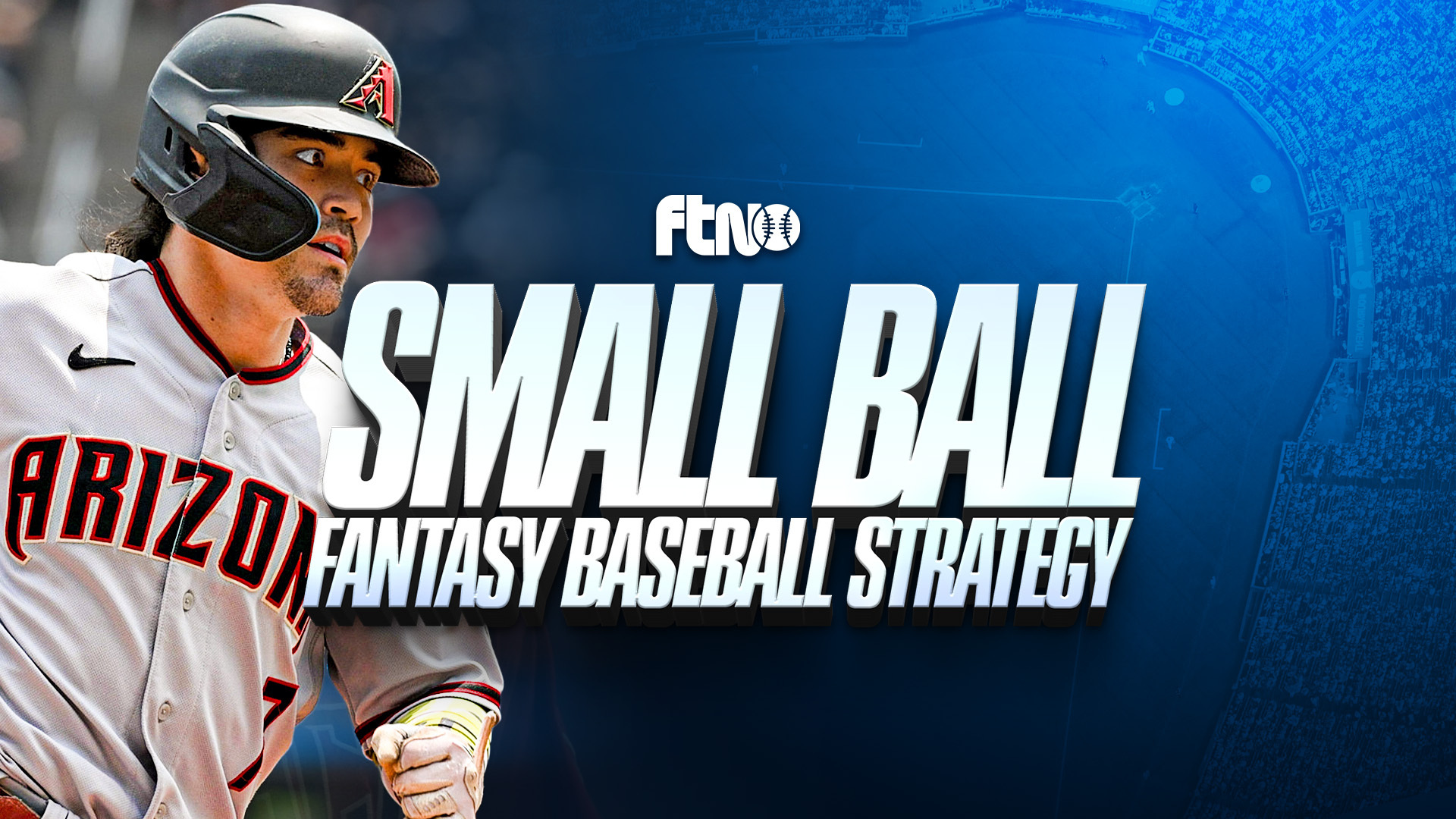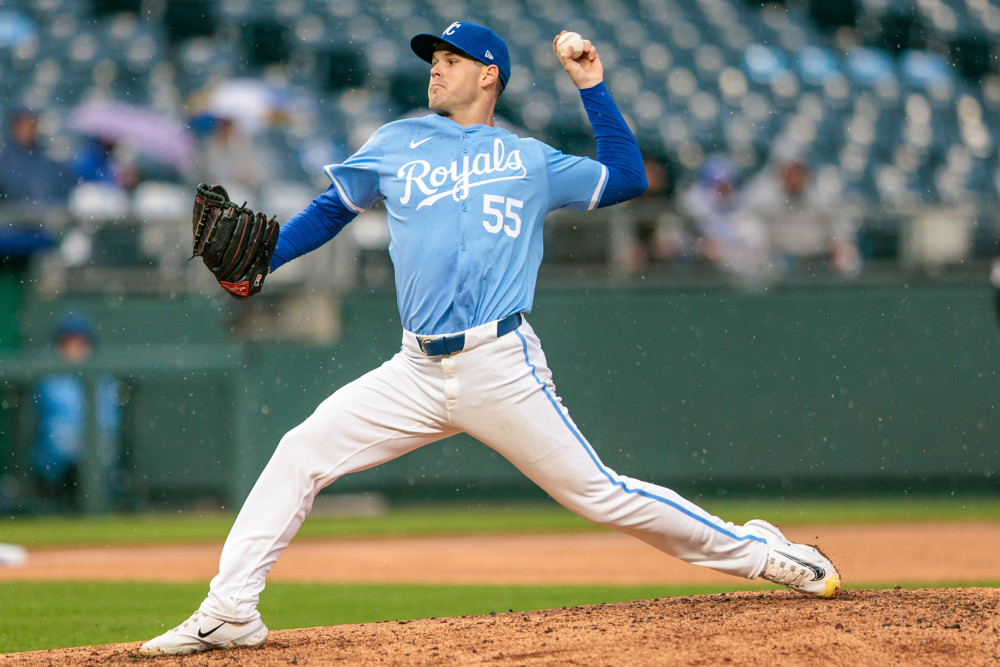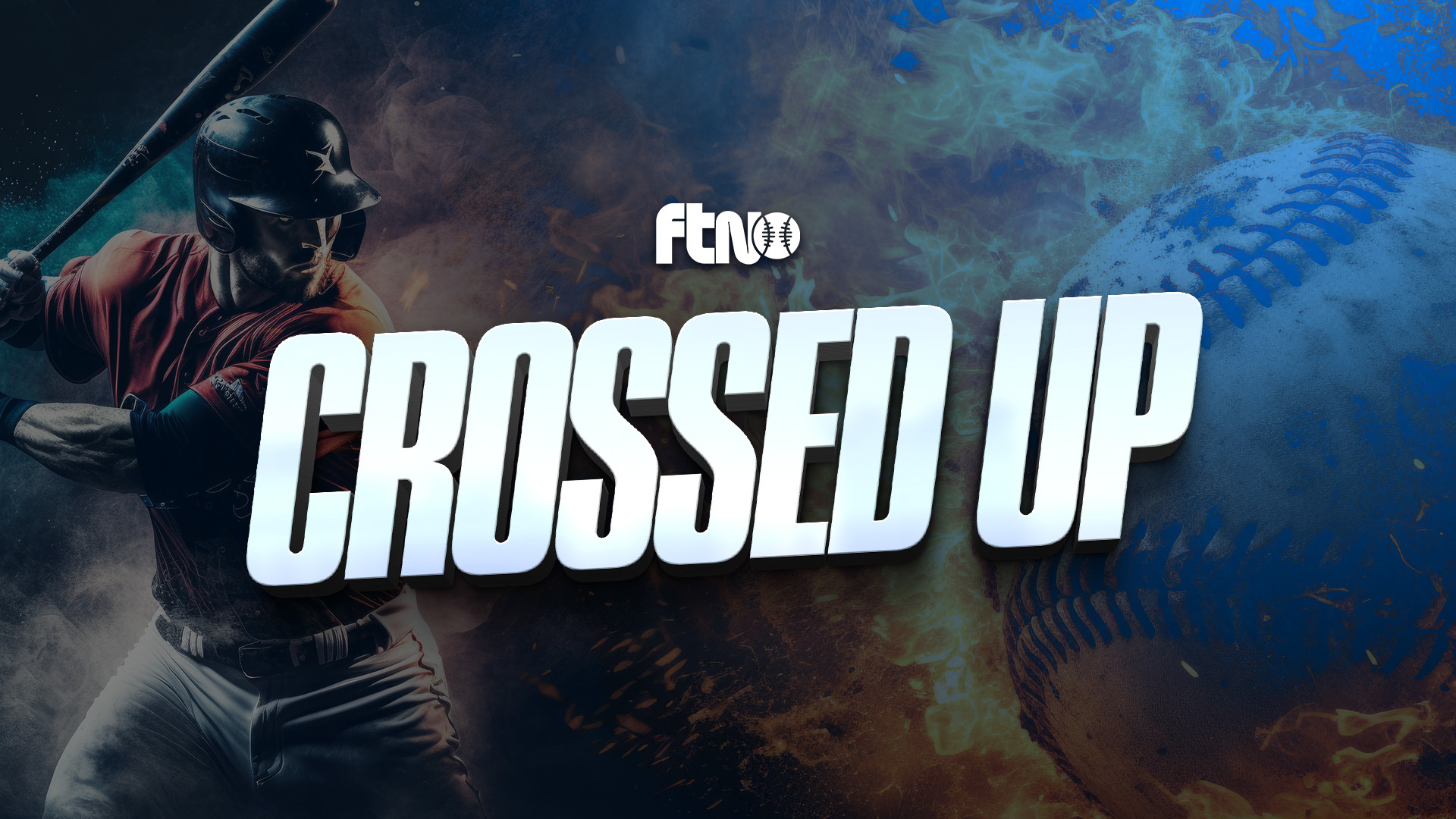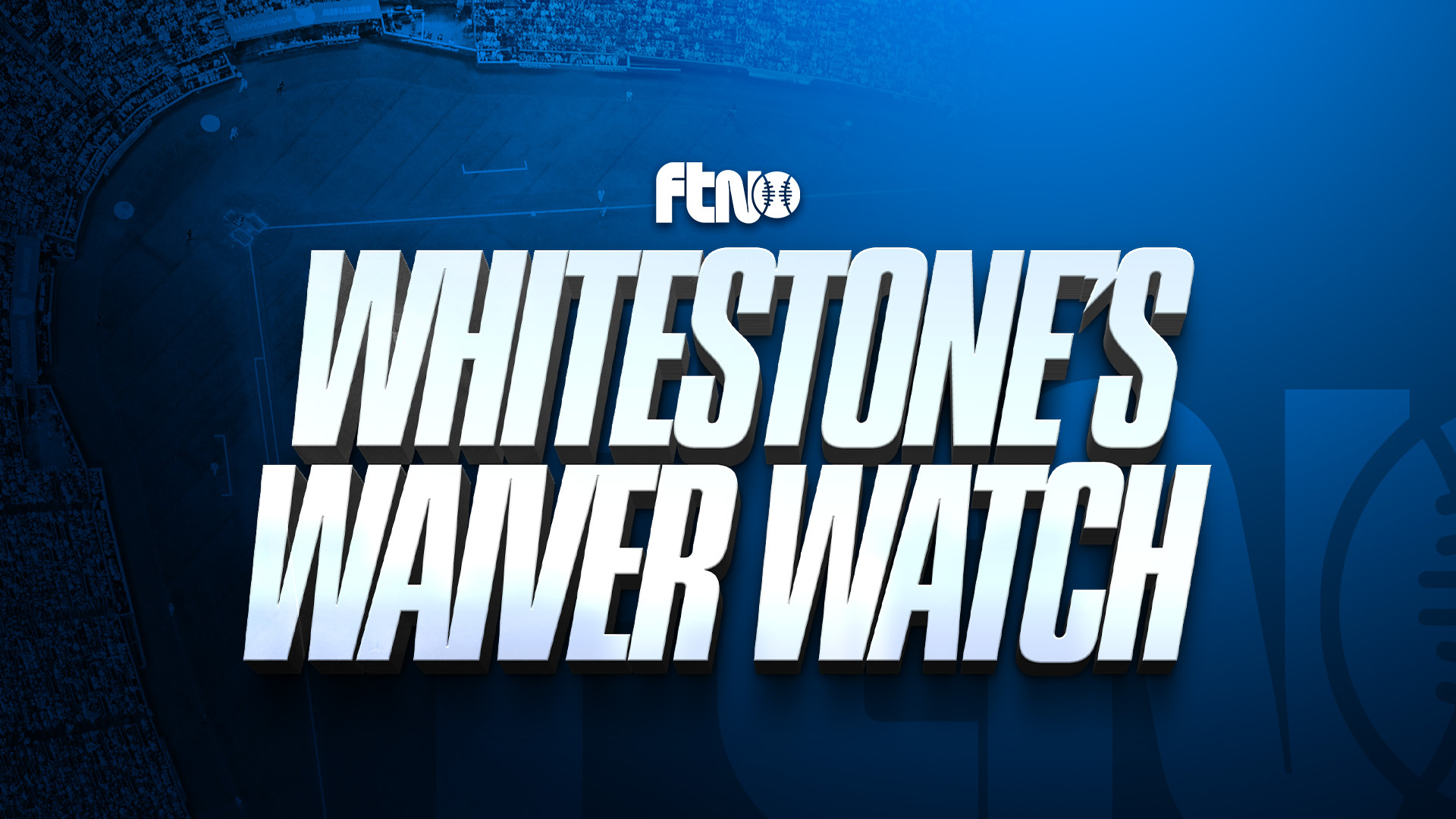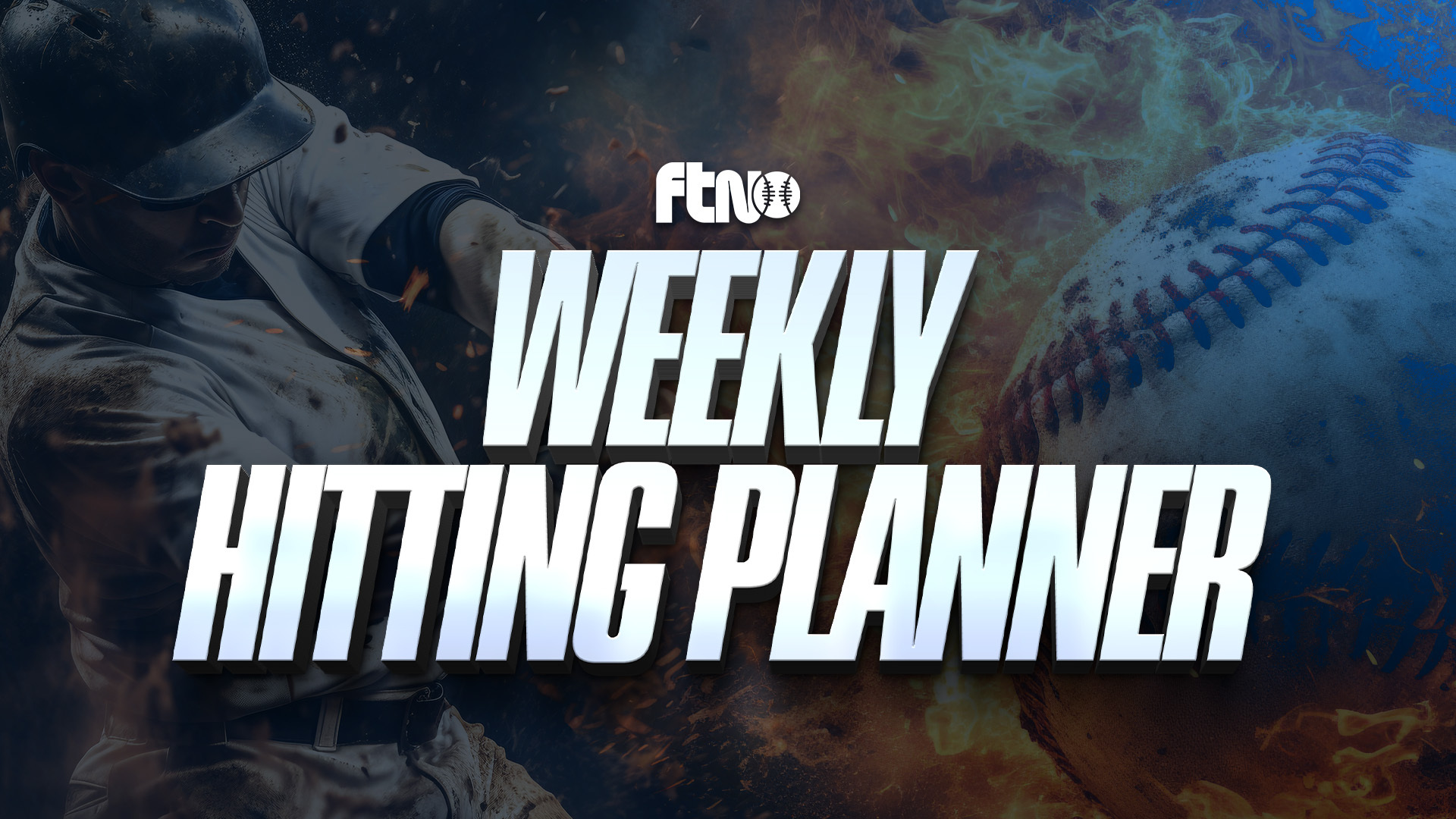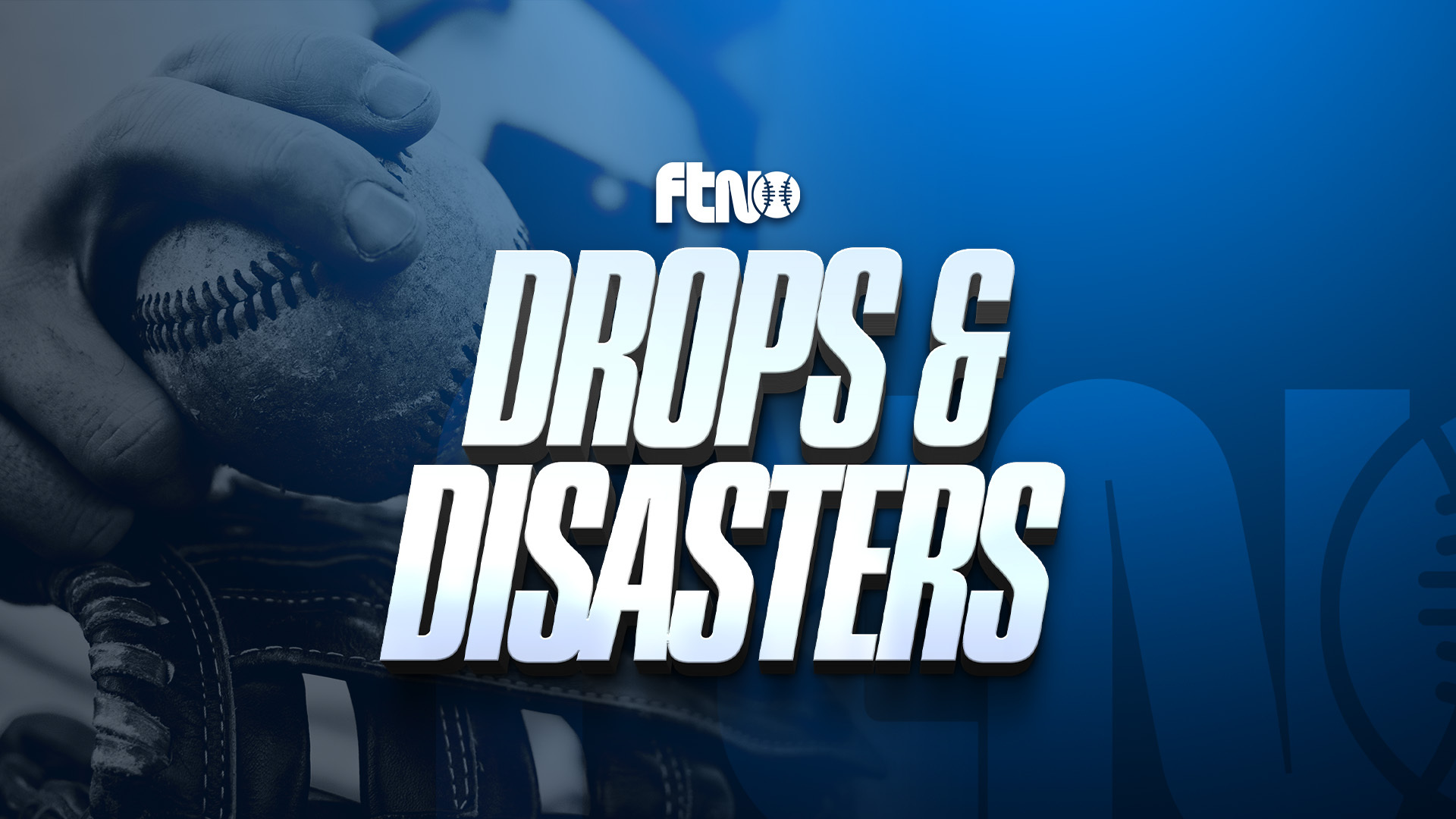
In this week’s edition of Small Ball, I’d like to build off my Week 1 overreactions article.
Instead of making it a two-part series, let’s view this week’s version as the cousin of the April 5 article. Fantasy baseball is a game we all love. It blends skill, projections, patience, entertainment, intestinal fortitude and, of course, a little bit of luck. One area we don’t explore as often is human psychology. I’m a big believer that psychology is one of the most important traits of successful fantasy baseball managers.
Malcolm Gladwell famously penned that “10,000 hours is the magic number of greatness.” While many of us claim to have played fantasy baseball for 10, 20, maybe even 30 years, there’s no way we’ve actually spent 10,000 hours on the craft. We like to call ourselves experts. In reality, none of us would truly pass the “Gladwell Test” for playing fantasy baseball.
It’s what makes it such an amazing game. A 20-year veteran can lose an NFBC league to someone who’s just starting out. A former baseball player can lose to someone who excels at balancing quadratic equations but couldn’t hit a baseball off a tee with a tree trunk. Knowing that truth, you might think this game is all luck. It’s not. There’s much more to it.
Today, I’m here to dive into a mostly unexplored aspect of the game we love – human psychology, and the battle against our own minds.
Why Human Psychology?
Let’s turn back the clock to my college years when I took a Psychology 101 class. It had the prototypical gray-haired professor who looked like Albus Dumbledore. He had a monotone voice, the class was super boring, and oh yeah, it was a dreaded three-hour class.
So every Thursday, I’d trudge over to Edison Hall for a 4:45-7:15 p.m. psychology class that served as my final class of the week (I had Fridays off, woo). It’s been over a decade since I took that class, and unfortunately, the only thing that really stood out was the story about Pavlov’s dog. Perhaps that speaks to the quality of the professor? Or maybe I was just staring at the clock for three hours like a typical college student who wanted to start his weekend.
Little did I know that years later, aspects of that Psychology 101 class were appearing in my head – and not because I got a job in the field. Quite the opposite actually. All those lessons started coming back to me when I took the plunge into the fantasy baseball field.
Confirmation bias? Yup. Recency bias? Yup. Risk Assessment? You bet. Loss aversion? Anchoring?
I guess the story of Pavlov’s dog even applies. Last year, anytime Lance Lynn was on the mound and I heard the crack of the bat, I pulled up the “Would it Dong” twitter page to see the details of that player’s home run – because every batted ball against Lynn left the park (ba dum, tiss). Anyway, let’s discuss some psychological battles we’re already fighting in this young fantasy baseball season.
Confirmation Bias
Our own Mike Mager writes a column about Drops and Disasters every week where he identifies fringe players who we should hold/drop when making FAAB decisions. Many of those players might be guys we drafted. Victor Scott comes to mind as a player who gained steam late in the offseason due to his stolen-base upside.
Those who drafted Scott probably felt like they drafted Esteury Ruiz but 10 rounds later. What a value! Turns out, that’s exactly what they did, but not for the reason they hoped. Scott hasn’t been demoted like Ruiz, but the writing appears to be on the wall. Yet there are still managers out there who are holding Scott (or even starting him) because of their own confirmation bias.
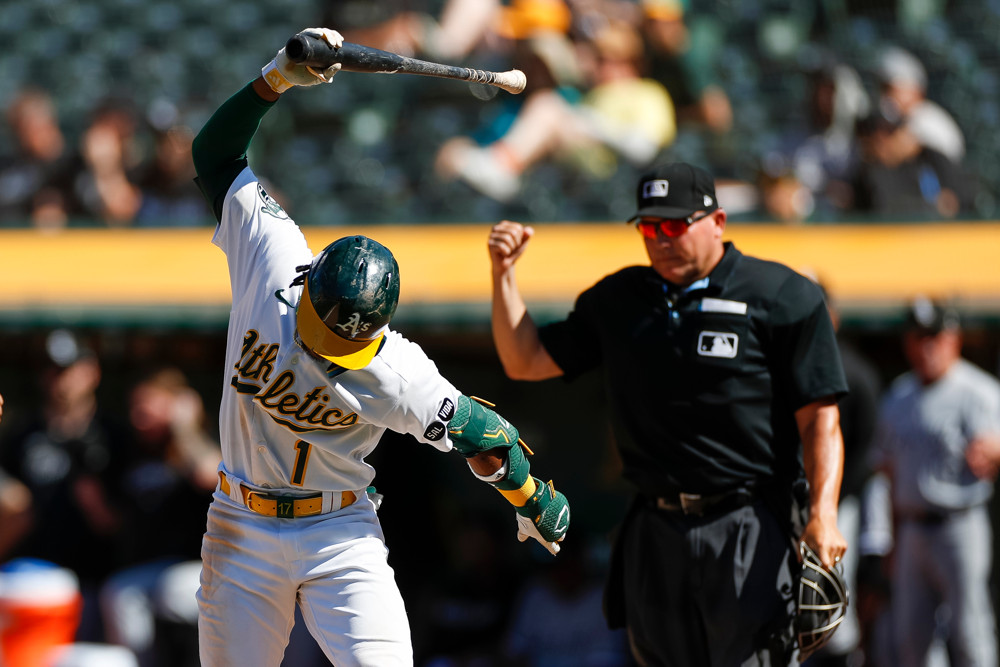
Update: Ruiz made it back to the majors and has homered twice in three games! Twisting the knife even more for those who opted for Scott.
I saw the victory lapping on Twitter. I saw the “Victor Scott is Esteury Ruiz but with a better bat” tweets. People love to be right. And the only thing people love more than being right? Being the first person to be right. If we remove our confirmation bias, Scott is a drop. Reinforcements are coming in St. Louis, and Scott simply isn’t getting on base enough. Ahead of the April 19 slate, Scott has just two stolen bases. That’s less than Jo Adell, Jesus Sanchez, Jacob Young and Stuart Fairchild.
Well maybe he’s getting it done at the plate? No, he’s hitting .089 with zero homers and two RBIs. Other players we drafted who are potential drops include Jose Abreu, Brendan Rodgers, Javier Baez (seriously, some people still like Baez), Nolan Jones (league dependent) Jordan Walker (league dependent), Byron Buxton, Kris Bryant, Andrew Benintendi, A.J. Puk (league dependent), Griffin Canning, DL Hall, Patrick Sandoval, Michael Soroka and a handful of others.
It’s always difficult to part ways with players we believed in. It’s even more difficult to cut players we “hyped up” to the masses in the preseason. We can’t afford that type of loyalty as fantasy baseball managers. We don’t want to get caught with confirmation bias. It works the other way as well. I’m a noted Bryce Elder hater. If he gets promoted to Atlanta in the near future, debuts a new pitch and starts missing more bats, I’ll have to set that bias aside and at least consider him. Ten years ago, I would have stuck to my guns that “Elder is trash.”
We have to adapt our opinions on players when new evidence becomes available.
Recency Bias
There are so many examples of how recency bias can hurt us in fantasy baseball that I could write 10,000 words on it. Instead, I’ll stick to a few examples.
I play in a head-to-head points league with a bunch of friends from high school. After two starts, one of the managers put Blake Snell on the trade block. He watched Snell’s first two starts of the season and was already disgusted. That’s when I like to pounce. Pitchers like Luis Castillo, Hunter Brown, George Kirby, Max Fried and Zach Eflin have all gotten off to relatively poor starts. Letting your emotions get the best of you isn’t the answer, even in the case of Brown.
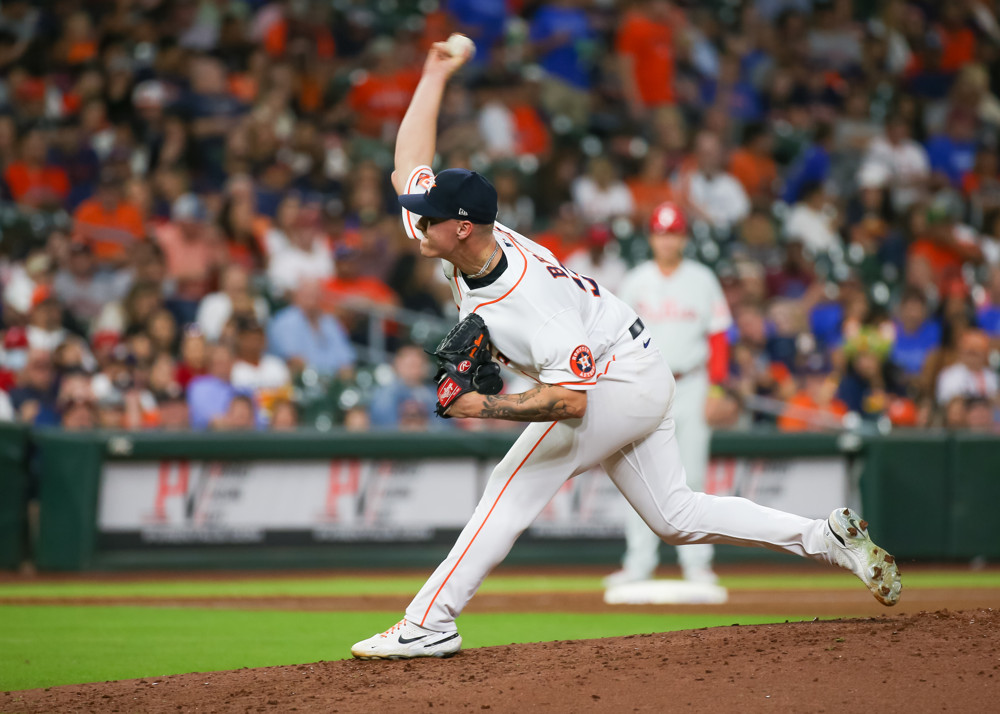
Brown’s outing against Kansas City last week was so disastrous, that his ratios may never recover. Yet there was no reason to drop him out of anger or spite. The damage was already done.
I’m not saying Brown is a shoo-in to rebound, but his .583 BABIP, 8.22 BB/9 and 55% strand rates weren’t sustainable through three starts, either. He’s still a pitcher who produced a 3.52 xFIP in 29 starts last season with a 10.29 K/9. If you held strong, Brown tossed a quality start against Atlanta Tuesday and is probably in the clear moving forward.
It’s a reminder for us to look under the hood at players who get off to a poor start in April. Conversely, we should show some healthy skepticism toward fringe players who get off to a red-hot start. Michael A. Taylor, Paul Blackburn and Nick Ahmed all went for $55+ in FAAB in a few of my leagues. Jose Butto went for $215. Fantasy managers get too caught up in recency bias – especially early. I’d advise everyone to play it cool this early in the year.
Case in point here:
Other Psych Observations
It’s extremely tempting to overreact to your league standings on a daily basis. I’m guilty of it too. Through 2.5 weeks of NFBC play, my three squads are all hovering near the middle of the standings. As I scan through each category, I’ll see a team struggling in the runs department. Another might be struggling with Ks. Another might be near the bottom in stolen bases.
First of all, it’s unhealthy to look at the standings as often as we do. When one of our players cranks a three-run homer, we instantly run to our phones or laptops and expect to move up a spot or two in the standings. When it doesn’t happen, it weighs on us. We have to remember that it’s a long season. If you’re 10 home runs behind the leader, that can be made up in about a month. A month from today is May 19. About 4.5 months separate that date from the end of the regular season. See what I mean?
While looking at the standings this early is generally unhealthy, there are ways to make it a productive exercise. Let’s go back to my previous note. One of my teams is near the bottom of the standings in the runs category. It’s a category I expected to be “elite” based on projections and who I drafted. So yes, I’m disappointed. Instead of getting discouraged, the first thing I did was check my team batting average. It was in the top three in that category. Hmmm, so my team is hitting .275 but I’m near the bottom in runs? That doesn’t correlate. I’d expect teams reaching base at that sort of clip to start producing a healthy run total down the road.
By doing that, it reassured me that I didn’t need to overbid on a player who’s projected to score a bunch of runs in the latest FAAB period. Most of the players available in FAAB these days have major flaws. That’s why they are on waivers to begin with (this is excluding prospects or injury-related replacements). Overreacting to a small sample of action could cause you to chase certain players you believe will give you a boost in a specific category. While that player might provide a temporary boost, they might be hurting you in other areas.
Another great example is the K category. If you find yourself near the bottom of the league in Ks, it’s always tempting to start chasing punchouts with two-start pitchers early in the year. Many of those pitchers are the Casey Mize, Steven Matz, Andrew Heaney, Joe Ross variety. They might give you 12 Ks in a week, but at what cost to your ratios?
There’s too much time left in the season to draw any conclusions. If you simply can’t avert your eyes from the league standing page, at least make it a productive exercise like I mentioned above. Assess whether you’re due for some positive or negative regression, and make calculated decisions based on that – not pure emotion.
Points League Psychology
I didn’t forget about points league managers out there. Unlike NFBC leagues, many points leagues or “home leagues” allow trading. And this is typically where managers are most vulnerable to deals that will help/hurt them.
I talked earlier about the Blake Snell manager who tossed him on the trading block after two starts. The 12.86 ERA is unsightly thus far. The advanced numbers, however, paint a much more optimistic picture. Advanced numbers, or stats you can find on a FanGraphs page, are invaluable for fantasy managers. They help us create a more realistic picture of where a player will end up by the time September rolls around.
At this point, I’d be willing to take Snell off his hands. I mentioned risk assessment earlier as one of the pillars of psychology. Oftentimes, we only look at the positive side of things. For example, if I trade for Snell right now, there’s almost a virtual guarantee he will improve based on the advanced numbers.
Sure, that could happen. I’d argue it’s actually quite likely. But there’s always a chance Snell could continue to struggle. Remember, this is a pitcher who couldn’t get through five innings if his life depended on it several years ago. While he’s probably not that pitcher anymore, it’s safe to assume he isn’t the 2.25 ERA guy he was in 2023, either. We need to assess the possible risks of trading for a player like Snell this early. If that manager asks for someone like a Ronel Blanco or Brady Singer, I’d be all for it. There’s a chance Blanco or Singer might be headed for breakout seasons, but I’m willing to risk it while banking on Snell to revert back to an elite arm.
If he asks for a steady producer like a Merrill Kelly or Logan Webb type, I’d be more hesitant to pull the trigger. While Snell’s upside is sky high, is it worth risking a potential down season for a player you know isn’t as “sexy” but gets the job done on a weekly basis?
These are the questions we need to ask ourselves in home leagues. Other notable pitchers like Luis Castillo, Jesus Luzardo, Max Fried and Kevin Gausman are worth checking in on. If others are frustrated, and you can afford to take on that sort of “risk” in a palatable deal, I believe it’s worth rolling the dice. I’m always willing to pry away a big name who is struggling for a no-name who is excelling in April. Even if it doesn’t pay off, I can sleep at night with that type of risk assessment.
Want to discuss more about fantasy baseball psychology? Hang out in the Fantasy Baseball Discord and send me a DM. It’s a subject I’m passionate about, and there are many other areas (like FAAB bidding) that I didn’t discuss today. Hit me up!

